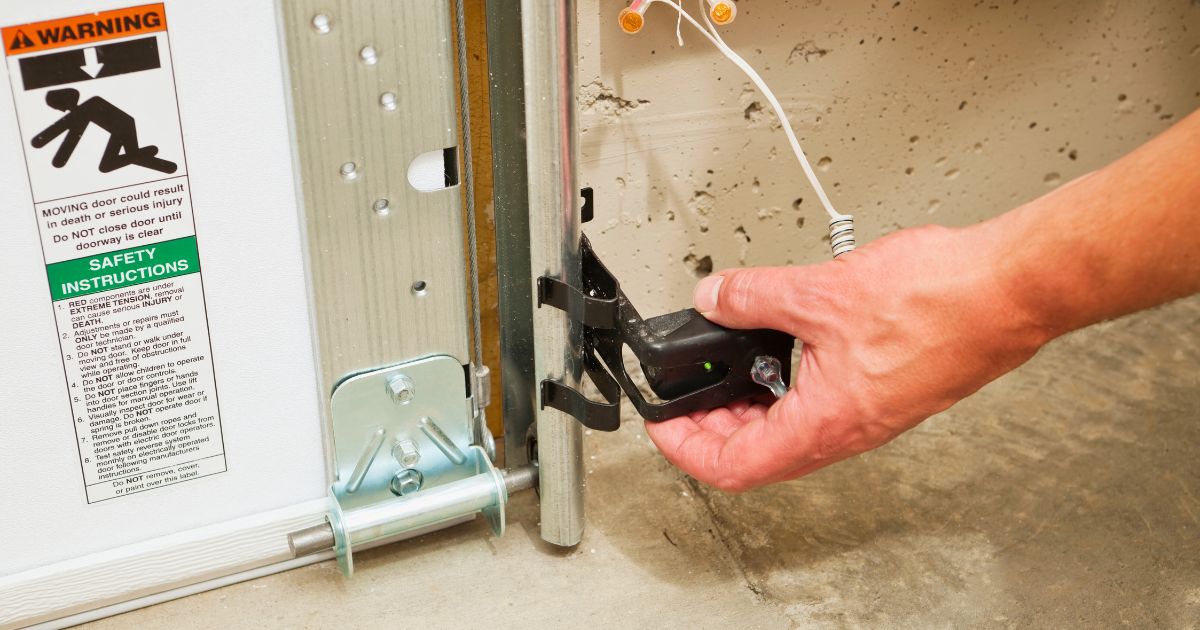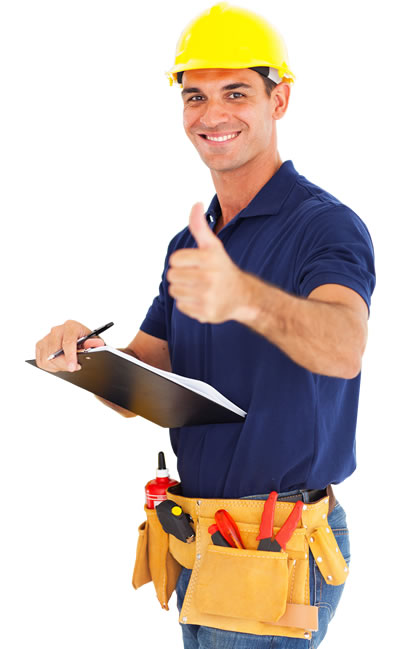Before diving into troubleshooting, it's crucial to grasp the basics of your garage door's operation. A typical system consists of the door itself, tracks, rollers, springs, and an electric opener. The opener connects to the door via a trolley that moves along a rail. When functioning correctly, these components work in harmony to raise and lower your garage door smoothly.
Understanding Your Garage Door System

Common Reasons for Closure Issues
Sensor Problems: Safety sensors near the bottom of the door frame use an infrared beam to detect obstacles. If this beam is blocked or the sensors are misaligned, dirty, or malfunctioning, the door won't close as a safety measure.
Obstructions: Even small items like rocks, toys, or debris can trigger the safety mechanism and prevent closure.
Track and Roller Issues: Bent tracks or damaged rollers can impede the door's movement. Over time, tracks may become misaligned or obstructed, while rollers can wear out or get stuck.
Spring Failures: Garage door springs are under high tension and have a limited lifespan. A broken spring often announces itself with a loud, gunshot-like sound.
Power and Connection Problems: If the opener isn't receiving power or the manual disconnect switch is activated, the door won't close properly.
Troubleshooting Your Garage Door: A Step-by-Step Approach
Safety First: Before attempting any repairs, always disconnect the power to the garage door opener. Wear gloves and eye protection, and keep children and pets away from the work area.
Step 1: Check the Safety Sensors Examine the sensors for obstructions and ensure both lights are illuminated. If one light is out or blinking, clean the lenses with a soft, dry cloth. Gently adjust misaligned sensors until both lights are steady.
Step 2: Inspect for Obstacles Thoroughly check the door's path for any objects, including less obvious impediments like cobwebs or leaves that might fool the sensors.
Step 3: Examine Tracks and Rollers Look closely at the tracks for damage or misalignment. Clean out debris and ensure the tracks are securely fastened to the wall. Inspect rollers for wear, ensuring they move freely. A little lubrication can often resolve minor roller issues.
Step 4: Verify Power Supply Ensure your opener is plugged in and receiving power. Test the outlet with another device if necessary. For battery-operated remotes, try replacing the batteries. Check your home's circuit breaker for hardwired systems.
Step 5: Test the Manual Override Locate the manual release cord (usually a red rope hanging from the trolley) and pull it to disconnect the door from the motorized system. Try operating the door manually. If it moves smoothly, the issue likely lies with the opener. If it's still difficult to move, there may be a problem with the door's balance or springs.

Step 6: Listen for Unusual Sounds Operate your garage door and listen carefully. Grinding or scraping noises can indicate specific problems. A loud bang could signal a broken spring, while a grinding sound might point to gear issues within the opener.
When to Call a Professional
While many garage door issues can be resolved through DIY troubleshooting, some problems require expert intervention. Consider calling a professional if:
- You suspect a broken spring or cable
- The door is severely off balance
- There are signs of significant wear or damage to major components
- You've tried the above steps and the door still won't close properly
Maintaining Your Garage Door
Regular maintenance can prevent many common garage door problems:
- Lubricate moving parts every six months with a silicone-based lubricant
- Tighten all nuts, bolts, and screws annually
- Test the door's balance by disconnecting the opener and manually lifting the door—it should stay in place when half-open
- Clean the tracks and keep them free of debris
- Inspect cables, springs, and other components for signs of wear

The Role of Technology in Modern Garage Systems
As we progress through 2025, smart garage door systems are becoming increasingly prevalent. These advanced setups often include features like smartphone control, integration with home security systems, and self-diagnostic capabilities. While these technologies offer convenience, they can also introduce new complexities when troubleshooting. Always consult your system's manual or contact the manufacturer for guidance on tech-related issues.
A Personal Note on Garage Door Safety
As a technician with years of experience, I've seen firsthand the dangers of improperly maintained garage doors. I'll never forget the day I was called to a home where a child had been injured by a falling garage door due to a broken spring. It's a stark reminder of why regular maintenance and prompt attention to issues are so crucial. Your garage door is likely the largest moving object in your home—treat it with the respect it deserves.
Conclusion
A garage door that won't close demands prompt attention. By following these troubleshooting steps, you can often resolve the issue quickly and safely. Remember, when in doubt, it's always best to consult with a professional garage door technician. They have the expertise and equipment to handle complex repairs and ensure your garage door operates safely and efficiently for years to come. Regular maintenance and prompt attention to minor issues can prevent major headaches down the road, keeping your home secure and your garage door functioning smoothly.

